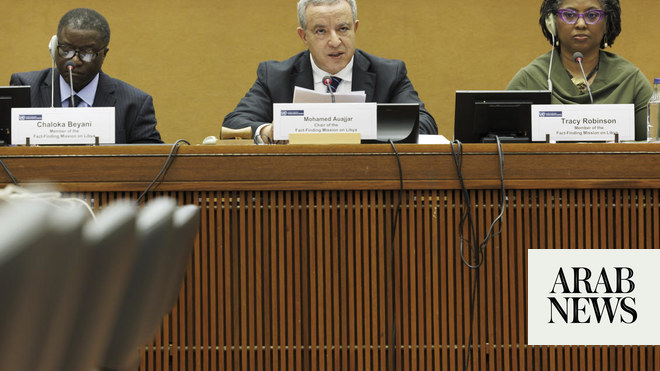
LONDON, Nov 18 (Reuters) - A preliminary investigation has found no proof that the European Union"s carbon emissions market was being abused as prices surged to record highs over the past year, the bloc"s securities watchdog said on Thursday.
The European Securities and Markets Authority was asked by the EU"s executive, the European Commission, to study the Emissions Trading System (ETS) after accusations that hedge funds were speculating in a market that accounted for 8.1 billion tonnes or 90% of global carbon market value in 2020The growing number of market participants appears in line with the observed expansion of the EU ETS market," ESMA said in its report, referring to the European trading scheme.
"The increase in the number of market participants by itself cannot be taken as proof for any patterns of disorderly trading or abusive behaviour present in the carbon market. ESMA will nonetheless further analyse these trends in its next report."A combination of faster than expected reduction in emission allowances and increased demand was behind the sharp increases in allowance prices, ESMA said. The price rise was comparable to that of coal and crude oil, it said.
ESMA ETS GraphicETS is a cornerstone of the bloc"s policy to become carbon-neutral by 2050, operating as a cap-and-trade system to reduce greenhouse gases by forcing emitters to pay for each tonne of carbon dioxide they generate.
The market is traded on three exchanges: ICE Endex (ICE.N) in the Netherlands, EEX (DB1Gn.DE) in Germany and Nasdaq Oslo (NDAQ.O) in Norway.
The bloc is negotiating new green policies, including launching a second EU carbon market for the buildings and transport sector to help cut planet-warming emissions faster.
Debate around carbon pricing has intensified, with European Commission President Ursula von der Leyen telling the United Nations COP26 climate summit this month that a robust framework of rules was needed to make global carbon markets a reality.
ESMA said it will produce a further report by early 2022 for the Commission to assess if certain trading behaviours would require further regulatory action.












